Why PSX stock splits fool investors: The psychology behind the price
Stock splits have suddenly become the talk of the town on the Pakistan Stock Exchange (PSX). Retail investors are buzzing, prices are adjusting, and chai is being spilled in every group chat.
But what exactly is a stock split? And more importantly—should you be excited?
📢 Announcement: We're on WhatsApp – Join Us There!
What Just Happened?
Over the past few weeks, several well-known companies like Lucky Cement (LUCK), Thatha Cement (THCCL) and United Bank Limited (UBL) have announced stock splits.
This means shareholders now own more shares than they did before. But here’s the catch: the total value of your holdings hasn’t changed.
Wait, what?
How a Stock Split Works
Take UBL as an example. It recently announced a 2-for-1 stock split.
If you had 100 shares before, you now have 200. But the price per share is halved. So:
- Before split: 100 shares × Rs. 500 = Rs. 50,000
- After split: 200 shares × Rs. 250 = Rs. 50,000
Same value. Just sliced differently.
Think of it like cutting a cake into more pieces, you don’t get more cake 🍰, just more slices.
This applies to everyone—from a retail investor holding 1 share to a fund like Providus Capital, which held 51 million UBL shares (now 102 million after the split). No one made any extra money from the split alone.
Then Why Bother Splitting at All?
Great question. If nothing changes in value, why do companies even announce stock splits?
The answer lies in human psychology and market behavior. Let’s walk through three key biases that splits play into:
1. Price Tag Bias
We naturally react to prices.
A Rs. 500 share feels expensive.
A Rs. 250 share feels cheap—even if it’s the same company, same market cap, same value.
This is called anchoring bias—we anchor to the number instead of analyzing what it’s really worth.
2. Low Price Lottery Bias
A Rs. 1,500 stock like LUCK doesn’t feel like it can go to Rs. 15,000. That sounds ridiculous.
But a Rs. 15 stock going to Rs. 150? That feels possible—even if it’s the same 10x return.
Stock splits make prices lower, and our brains wrongly assume they become “more likely to grow.”
3. Comparison Bias
After MARI’s bonus issue, its price dropped to Rs. 400—same as POL.
Suddenly people started comparing them, as if they were equals. But MARI’s market cap was 4x higher.
Different companies, different sectors, different fundamentals—just similar-looking prices.
How Splits Help Small Investors
Another reason for splitting: affordability for retail portfolios.
Imagine entering the PSX with Rs. 10,000. If LUCK trades at Rs. 1,700, you can barely buy one share. That’s 17% of your entire portfolio!
Splits help here—not by making the stock cheaper in value but by making it easier to manage portfolio allocation.
This is even more obvious in cases like:
- RMPL at Rs. 10,000
- UPFL at Rs. 20,000
To keep just one share of UPFL at 10% of your portfolio, you’d need Rs. 200,000.
Too expensive for most investors. A stock split would lower the entry price, making it easier to include in a diversified portfolio.
In the US, stock splits often lead to increased trading and even price rallies. That’s because:
- Options trading becomes more affordable post-split (since contract sizes are fixed at 100 shares).
- Index inclusion depends on price levels. For example, Apple did a 7-for-1 split in 2014 just to qualify for the Dow Jones, a price-weighted index.
But none of these apply to PSX.
We don’t have options trading. Our indices aren’t price-weighted. So expecting UBL or LUCK to “go back to Rs. 500 or 1,700” after a split is wishful thinking.
Do Big Investors Benefit from Splits?
Here’s a more controversial point.
Stock splits can drive retail excitement. When prices appear lower, small investors start buying. This supports the stock price, giving large shareholders:
- More liquidity
- Less downside risk
- A smoother exit path
It’s not necessarily bad—but it’s worth knowing who really benefits when you see a split.
The Bottom Line
Stock splits don’t increase value.
They don’t give you more money.
They just change the number of slices in the same pie.
So when the next stock split gets announced on PSX, don’t get carried away by cheap-looking prices or herd behavior.
Ask yourself: Has anything really changed?
⚠️ This post reflects the author’s personal opinion and is for informational purposes only. It does not constitute financial advice. Investing involves risk and should be done independently. Read full disclaimer →




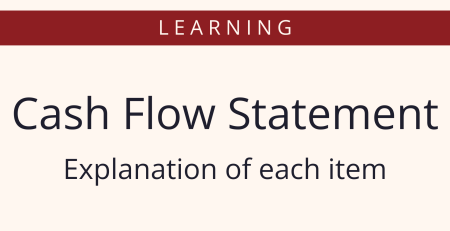
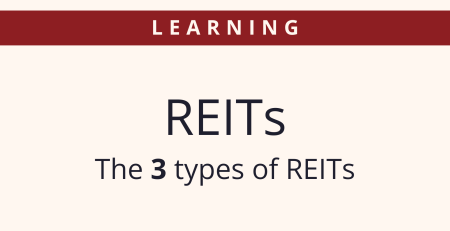

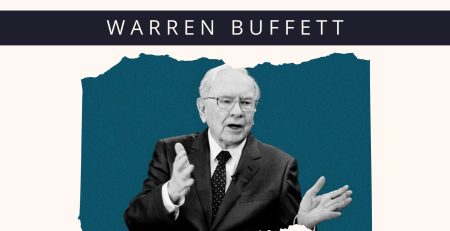

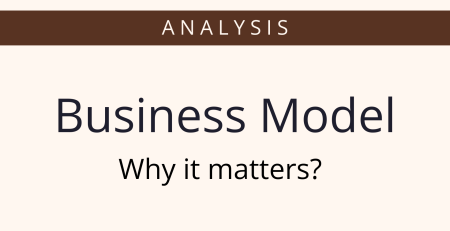

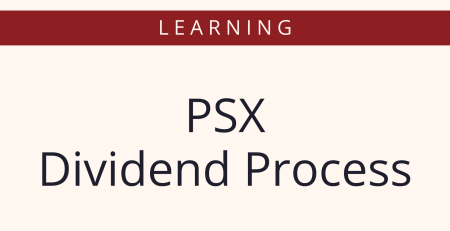
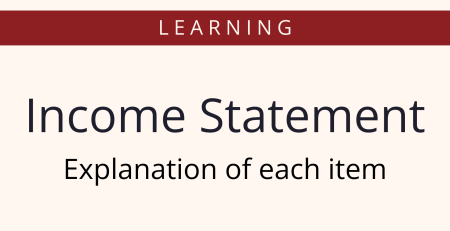
Comments (4)
Thats great but why we pay a tax on such? We can see the case of MARI, what happened in it. Technically, it seems to reduce the value doesn’t it?
MARI issued bonus shares, not a stock split. Bonus shares are currently taxed as per government policies. Yes, it does reduce the value of your holding, so paying bonus shares now is not a smart move.
Good Analysis. I think KSE 100 index should also be split.
Fully agreed with author that “Stock splits don’t increase value”, eventually earning (EPS) also decrease/split, as per split ratio. if company is growing consistently with minimum 25 % annually then it is OK over the longer period of time. subjected to company regular dividend paying policy. if company is not growing then stock split is only game to playing with human psychology. it is just as simple as ” Bachey say 1000 ka note lay ker usay 10 note 100 ke dey kr khush karney walli batt hay”